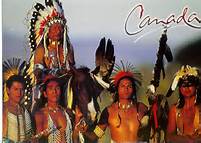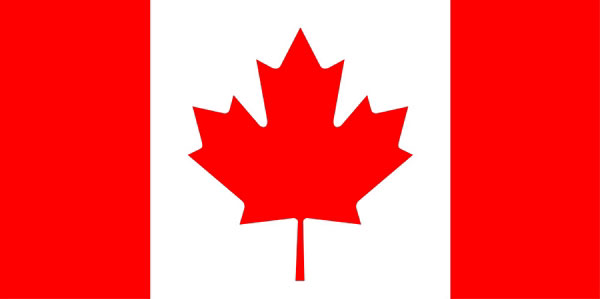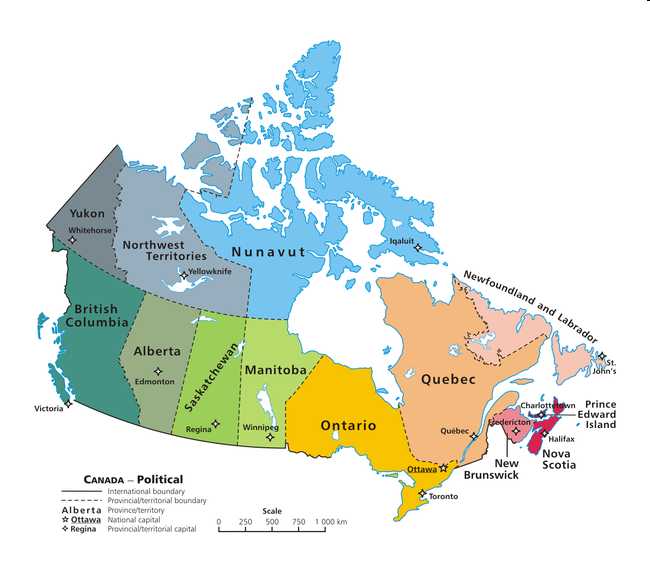- Преподавателю
- Иностранные языки
- У «Country studying: CANADA. Prepositions. » Урок по английскому языку в 10 классе
У «Country studying: CANADA. Prepositions. » Урок по английскому языку в 10 классе
| Раздел | Иностранные языки |
| Класс | 10 класс |
| Тип | Конспекты |
| Автор | Туребаева А.А. |
| Дата | 19.02.2014 |
| Формат | doc |
| Изображения | Есть |
Класс: 10 класс
Предмет: Английский язык
Тема урока: «Country studying: CANADA. Prepositions.»
Краткое описание: Урок обобщения и систематизации знаний с применением ИКТ
Цель урока: Обобщение и контроль знаний учащихся по лексическим и грамматическим темам.
Практические задачи:
1)Совершенствование произносительных навыков на основе защиты проектов
2) Совершенствование навыков монологической речи, аудирования
3) Активизация лексики в речи
Образовательные задачи:
1)Обобщение изученного материала по теме
2)Контроль лингвострановедческих знаний учащихся по теме
3)Расширение кругозора учащихся
Воспитательные задачи:
1)Укрепление у учащихся позитивного отношения к английскому языку, к странам изучаемого языка
2)Развитие у учащихся стремления к лидерству, инициативы, чувства взаимопомощи.
Тип урока: Урок обобщения и систематизации знаний
Используемые ресурсы: компьютеры, карточки, электронная презентация, видеоролик по теме, аудио материалы по грамматике.
Ход урока:
-
Warming up - Просмотр видеоролика про Канаду (2 мин.)
-
Aim of the lesson - Вступительное слово учителя:
Good morning dear students and guests! I am glad to see you. Do you like to explore the world? Would you like to go to Canada? At previous lessons we've learnt about this country. And you have just watched video about cities and nature of this country. We are traveling to this amazing country today in order to consolidate and generalize your knowledge about Canada and. And practice your grammar: prepositions of place.
-
Division of the class into 2 groups - Деление класса на 2 группы:
Now I'll give you the cards with the pictures of the cities and nature. You are to form 2 groups accordingly to the characters of the pictures.
-
Brainstorming - Мозговой штурм.
Look at the screen and you'll see the pictures and I want you to describe the pictures:
Suggested answers:

Aboriginal Peoples in Canada are the indigenous peoples in North America within the boundaries of present-day Canada. They comprise the First Nations, Inuit and Métis.

The red and white Canadian flag shows a leaf of the maple tree, which grows in North America. The maple leaf is the official emblem of Canada. The official ceremony inaugurating the new Canadian flag was held on Parliament Hill in Ottawa on February 15, 1965


-
Work in pairs - работа в парах - взаимопроверка согласно позже предложенным ответам на доске.
Read the text about the Inuit people of North America and complete it with the prepositions below:
in x 3 to on over of from about inside
The lives of the Inuit people of North America have changed a lot in 30 years.
First, their name people used to call them Eskimos, but now they are called Inuits, which means 'the people'. They used to live 1)… igloos in the winter but today, many 2) … them live 3)… houses 4) … small towns. They used to hunt seals-they ate the meat and made clothes 5)… the fur. Many of the people still wear seal-skin clothes today because they are very warm. Remember, the weather is extremely cold for many months of the year. 85-year-old Inuit, Mariano Tagalik, told us a little 6)… her early life. 'Our winter igloos were very warm. We used to cook 7) … so sometimes it got too hot. When I was a child I used to wear most of my clothes when I was in our igloo. In the short summers we lived in seal-skin tents, but I used to spend as much time as possible playing outside.'
To move 8)… the snow, they used to wear special snowshoes 9)… their feet, but today many Inuits drive snowmobiles. These machines can travel long distances in a short time. In the past it used to take them days or weeks to travel the same distance. Inuit children never used to go 10)… school - they learnt everything from their parents but now, like all North Americans, they take off about 10 years of school education. Life is not as hard as it used to be but many of the older Inuits hate town life and want to go back to the old days.
Answers: 1. in, 2. of, 3. in, 4. in, 5. from, 6. about, 7. inside, 8. over, 9. on, 10. to
-
Work in groups: Make presentations in groups using Internet resources - работа в группах: подготовка и защита проекта используя интернет ресурсы
The 1st group - "Canada the second largest country of the world" (general information about geographical position, nature).
The 2nd group - "Main cities and population of Canada" (general information about cities and people).
-
Рефлексия
Sing a song about prepositions
In and on and over and through
these are prepositions but what do they do
There so useful… they are so fantastico
They always link
A pronoun or noun
To other words
And they usually show location
There should be no frustration.
Gotta know one when you see
Nouns and pronouns that link
To other words in a sentence
Prepo preposition
They usually show location time
Or direction
Prepo preposition
From and of and in
To and at and on and by and with
Nouns and pronouns that link
To other words in a sentence
Prepo preposition
It's not hard to see
That "through" would be
The preposition if we
Said that a bee flew through the house
Now that's not hard to figure out
Now also if we said that the bee
Was in Tennessee
Than "in" would be the word we want
The preposition marks the spot.
Gotta know one when you see
Nouns and pronouns that link
To other words in a sentence
Prepo preposition
They usually show location time
Or direction
Prepo preposition
From and of and in
To and at and on and by and with
Nouns and pronouns that link
To other words in a sentence
Prepo preposition
-
Doing test to check knowledge: choose the correct variant - Выполнение теста для проверки усвоения пройденного материала: Выберите правильный вариант.
1. Canada is the… country in the world
a) Largest b) Fifth largest c) Second largest d) Third largest
2. The two largest … of Canadian Indians, the Algonquins and the Iroquois
a) parts b) teams c) crews d) tribes
3. The city with the largest population in Canada is…
a) Montreal b) Toronto c) Ottawa d) Vancouver
4. There are … provinces and three territories in Canada
a) 50 b) 12 c) 10 d) 8
5. The largest Canadian province is…
a) Ontario b) Manitoba c) Alberta d) Quebec
6. Canadian animal symbol is …
a) bear b) beaver c) fox d) wolf
7. Canada is …
a) a federal republic b) a parliamentary republic c) a monarchy d) an independent constitutional monarchy
8. Canada became independent from Britain in…
a) 1759 b) 1867 c) 1776 d) 1931
9. In 1603 … began the settlement which was named Quebec.
a) Samuel de Champlain b) Jacques Cartier c) James Cook d) Abel Tasman
10. The … is the national emblem of Canada.
a) birch b) maple leaf c) rose d) daffodil
-
Conclusion of the lesson. Assessment accordingly to the total scores of each student.
Подведение итогов урока. Оценивание согласно общему баллу каждого ученика, которые заработали в течение урока.


